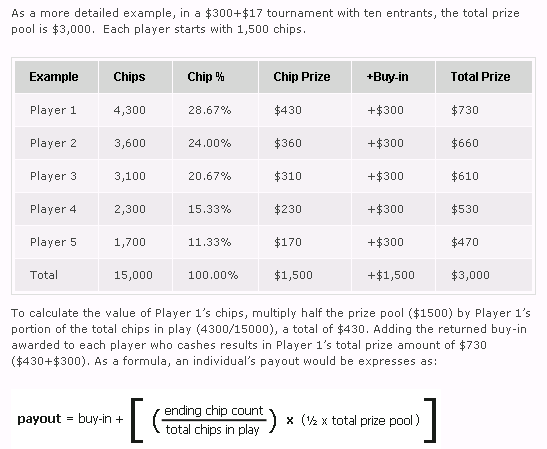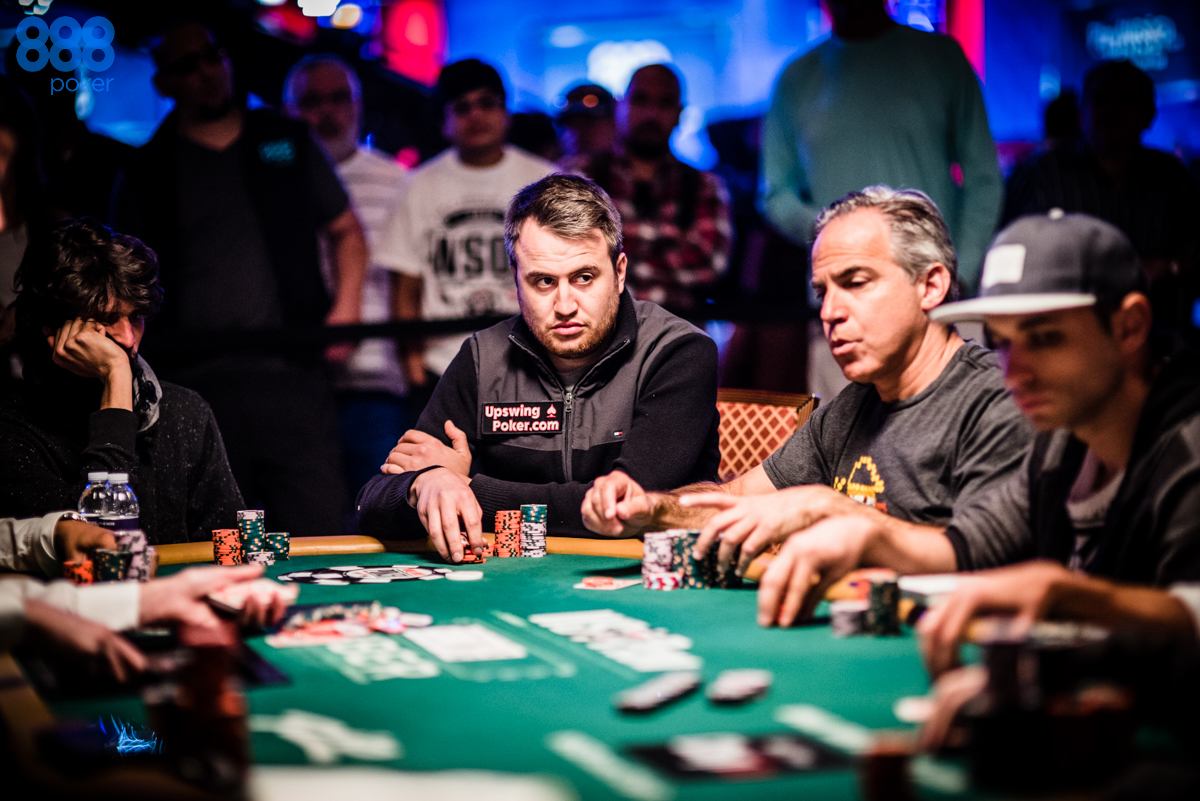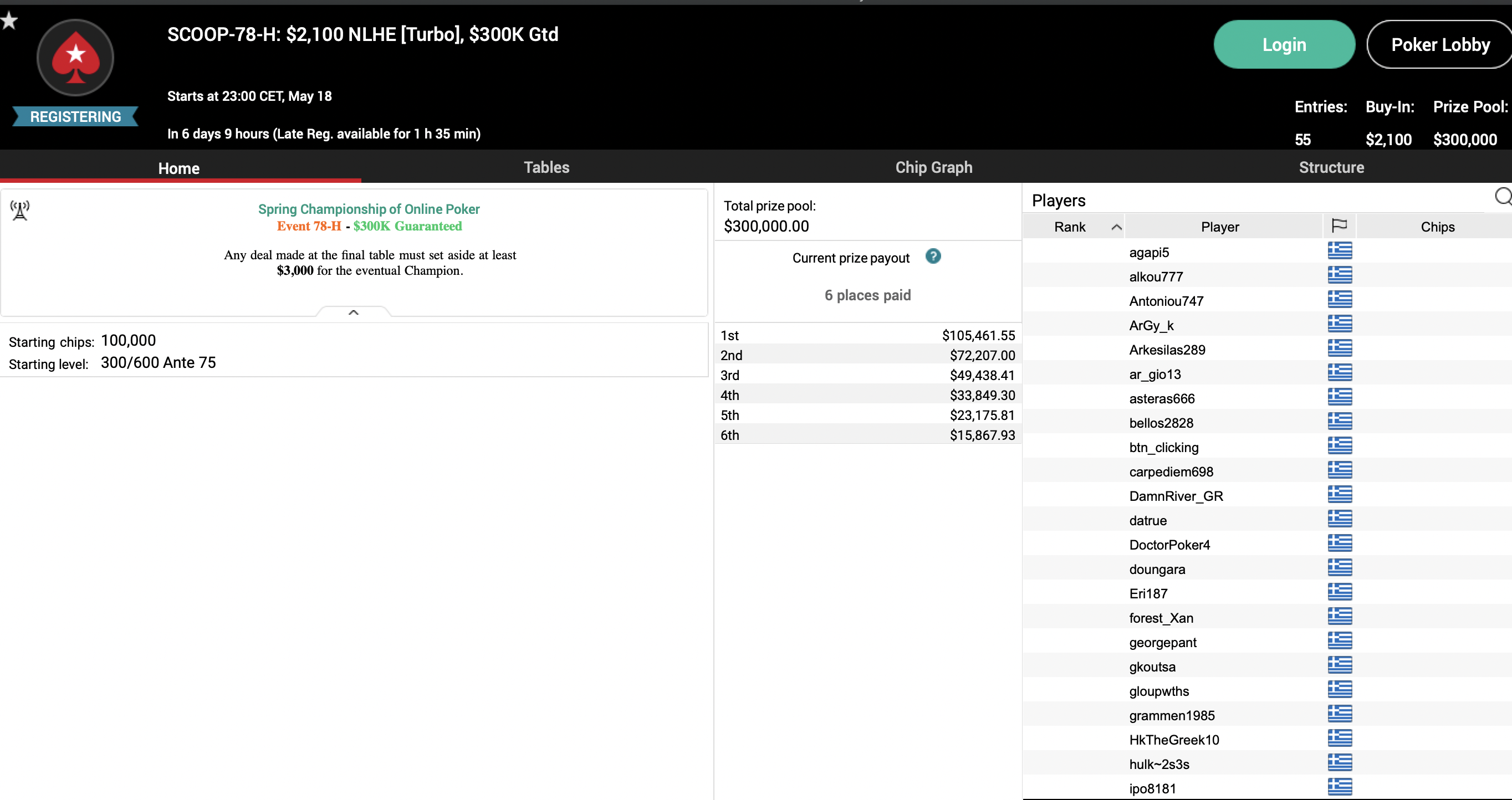First place gets paid 50% of the prize pool, second place 30%, and third place 20%. Six-handed Sit and Go's only pay the final two players with first place taking 65% of the prize pool and second place winning the remaining 35%. Payout percentages are approximate.
Input the number of poker players and buy in amount and the calcultor will spit out a points and payout structure for you. It will also let you: Choose the number of tournament payout places or let it calculate it for you. Select a 'base point number' i.e. For the last eight years, the largest tournament in the world has been the World Series of Poker Main Event. With the exception of 1992, the US$10,000 buy-in tournament increased in prize pool year-over-year from its start in 1970 until 2007 (the latter a result of the Unlawful Internet Gambling Enforcement Act of 2006, which reduced the number of players winning their seats via online play). They are less common online and in casinos which prefer a more even structure. The general rule of most poker tournament payout percentages and the easiest to follow is that 1 st place is awarded 50% of the prize pool, 2 nd place is awarded 30% and 3 rd place is awarded 20%. This is pretty simple to follow and does not require a chart. These are some fantastic tips after all a poker tournament or a casino night are great ways to raise money for charity. However, I do like that you still recommend putting aside a prize for the winners. After all, you want people to come to the tournament motivated to play so that they'll five it their all.

In an ongoing effort to satisfy more players, PokerStars is widening the pay structure of many of its tournaments today. In a blog post from late last week, Mike Jones, Poker Operations Manager for PokerStars, took readers through the online poker room's history with tourney payouts and explained the reason for the changes.


Jones hearkened back to 2002-2006, the years just before and during the online poker boom, when tournaments typically paid out to 10 percent of the field.
'Providing a smooth transition from live to online poker was one of the most important considerations back then, and 10% payouts helped to facilitate that transition,' he wrote.
Jones, continued, pointing out the array of problems with this organization:
There were some serious flaws though: there was often significant deviation from the 10% target; a huge portion of the money went to the final table; first place received too much, the jumps in final table prizes were too severe; the pay tiers were often very large, meaning that large swaths of finishing positions received the same prize; most importantly, nine out of every 10 people who played walked away with nothing to show for their investment of time and money.
Summary: the payouts were extraordinarily top heavy, something that was only good for the winner.
Poker Tournament Payout Structure
As the years went on, Jones he and his team at PokerStars worked on spreading out the payments within the 10 percent so that there wasn't such a drop off after the first couple prizes.
'Over the years there was further evolution,' he added. 'We moved money away from first place. We moved money away from the final table. We smoothed out the huge pay jumps. We introduced even more granularity to the pay tiers. Anyone remember when 10th-18th all received the same prize? That used to be a thing. Play poker mobile. We changed that, too. We eventually decided that we didn't want 90% of the field walking away with nothing and we paid more places.'
When more players make money, Jones noted, stating the obvious, more people walk away happy (or least not pissed off).
How Are Poker Tournament Winnings Taxed

'We want more people to have more fun by winning more often, so we've continued to make changes big and small: we moved from 10% to 11.1% to 12.5% to 14.2% to 16.6% gradually across the years. The last time we did this was early 2017 when we moved the payouts in most tournaments to 18%, or 1 in 5.5 players.'
Tournament Payout Chart
And now, the payout structures are being widen once again. Tournaments that had paid 12, 14, 16, or 18 percent of the field will all pay an additional 2 percent of the players, so the deepest payout structure will be to the top 20 percent of finishers.
About 30 percent of PokerStars' tournaments will not see any changes made to the payouts. Progressive knockout tourneys, tourneys that already pay 20 percent, and some high buy-in events will stay the same.

In an ongoing effort to satisfy more players, PokerStars is widening the pay structure of many of its tournaments today. In a blog post from late last week, Mike Jones, Poker Operations Manager for PokerStars, took readers through the online poker room's history with tourney payouts and explained the reason for the changes.
Jones hearkened back to 2002-2006, the years just before and during the online poker boom, when tournaments typically paid out to 10 percent of the field.
'Providing a smooth transition from live to online poker was one of the most important considerations back then, and 10% payouts helped to facilitate that transition,' he wrote.
Jones, continued, pointing out the array of problems with this organization:
There were some serious flaws though: there was often significant deviation from the 10% target; a huge portion of the money went to the final table; first place received too much, the jumps in final table prizes were too severe; the pay tiers were often very large, meaning that large swaths of finishing positions received the same prize; most importantly, nine out of every 10 people who played walked away with nothing to show for their investment of time and money.
Summary: the payouts were extraordinarily top heavy, something that was only good for the winner.
Poker Tournament Payout Structure
As the years went on, Jones he and his team at PokerStars worked on spreading out the payments within the 10 percent so that there wasn't such a drop off after the first couple prizes.
'Over the years there was further evolution,' he added. 'We moved money away from first place. We moved money away from the final table. We smoothed out the huge pay jumps. We introduced even more granularity to the pay tiers. Anyone remember when 10th-18th all received the same prize? That used to be a thing. Play poker mobile. We changed that, too. We eventually decided that we didn't want 90% of the field walking away with nothing and we paid more places.'
When more players make money, Jones noted, stating the obvious, more people walk away happy (or least not pissed off).
How Are Poker Tournament Winnings Taxed
'We want more people to have more fun by winning more often, so we've continued to make changes big and small: we moved from 10% to 11.1% to 12.5% to 14.2% to 16.6% gradually across the years. The last time we did this was early 2017 when we moved the payouts in most tournaments to 18%, or 1 in 5.5 players.'
Tournament Payout Chart
And now, the payout structures are being widen once again. Tournaments that had paid 12, 14, 16, or 18 percent of the field will all pay an additional 2 percent of the players, so the deepest payout structure will be to the top 20 percent of finishers.
About 30 percent of PokerStars' tournaments will not see any changes made to the payouts. Progressive knockout tourneys, tourneys that already pay 20 percent, and some high buy-in events will stay the same.
'The changes will be subtle and most players will only notice when they realize that they're experiencing the thrill of cashing a little more often,' Jones said. 'It's been years of tinkering to get to this point, and we'll keep working to create the best overall playing experience.'
